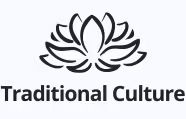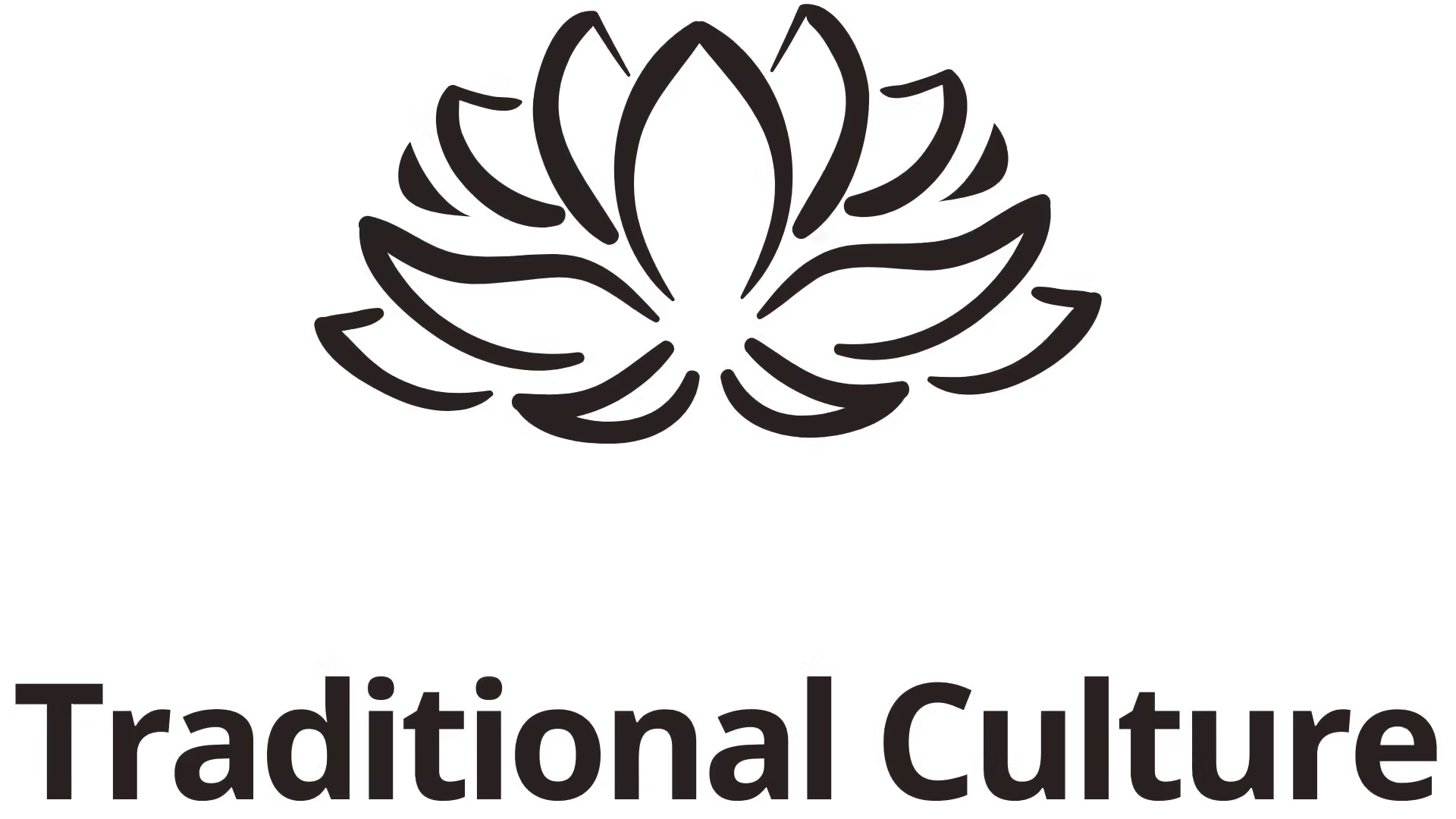(Image: Mirko Stödter via Pixabay)
As the benefits of green tea gain recognition, interest is rising around the world, and consumption has been on a continual rise for the past decade. It’s nothing new for Japan, however, where green tea has long been the most popular beverage by far — with most people drinking at least one cup a day. In fact, to request “green tea” in Japan is practically meaningless — it’s all green. The question is, rather, which green tea.
To help you decide which of Japan’s various green tea options is best for you, we’ll take a brief look at the history of Japanese tea culture, how several different varieties evolved, and what qualities make each of them unique and desirable.
The evolution of Japanese green tea culture

Since its reputed discovery by the Chinese mythical deity Shennong nearly 5,000 years ago, tea has been valued for its energizing and medicinal properties. Spiritual practitioners, in particular, found it useful for promoting focus and wakefulness in meditation. As tea culture matured in China during the Tang dynasty (618 to 907), Buddhist monks are believed to have brought the stimulating beverage to Japan, where its use was restricted to the religious community for some 300 years.
Tea cultivation in Japan began in the 12th century, after a Zen Buddhist monk brought seeds of Camellia sinensis (the tea plant) from China, along with the latest technique for processing tea. Unlike the earlier compressed bricks of dried, fermented leaves; it had become common to make tea from fresh leaves that were steamed, dried, crushed into powder, and whisked with hot water in a bowl — maintaining the natural green color.
This green tea was called matcha, after the kanji “抹” (matsu) meaning “rubbed,” and “茶” (cha), meaning “tea.” The process of making matcha was infused with Zen values of Harmony, Respect, Purity, and Tranquility in ritualistic ceremonies — the beginning of Japanese tea culture.
As an element of refinement, matcha made its way through the upper classes, with the Samurai (Japan’s aristocratic warrior class) of the Muromachi period (1336 to 1573) treating tea and tea ceremonies as an object of social competition, where one could show off one’s knowledge and status through tea.
During the following centuries, tea gradually spread among all classes; yet many adopted the simpler method of steeping the steamed, dried, whole leaves directly in hot water — still preserving the green color. This green tea was called sencha (煎茶 or “infused tea”).
Being a lighter, easier, and less expensive tea, sencha could be enjoyed more frequently; and before long, there was not only matcha, but also a number of different senchas to choose from.
Matcha

Tea plants grown for matcha are shaded for several weeks before harvest. Traditional bamboo mats or tarps are used to limit exposure to the sun, which causes the plants to produce more chlorophyll. This gives matcha its vibrant, green color; rich, smooth flavor; and relatively-high caffeine content.
Although shading increases the caffeine content, tea leaves offer a natural buffer in the form of an amino acid called “theanine.” Theanine slows the body’s absorption of caffeine and helps reduce anxiety, so you never get the jitters associated with coffee.
Other green teas that are grown under shade include infusions of fukamushi, kabusecha, and gyokuro.
Because matcha is not an infusion but a powder, the whole leaf is consumed rather than just its soluble components. This means more antioxidants, a thicker texture, and an opaque appearance.
This type of tea is still enjoyed today and widely used in traditional tea ceremonies. Ceremonial grade matcha commands a much higher price than sencha, but you also get a lot more servings per ounce. If you find cheap matcha powder, it is either “culinary grade” (fine for cooking and supplements but makes lousy tea), or mostly sugar. Traditionally, matcha is served unsweetened you you can experience its fresh, “green” flavor.
Sencha

Sencha, as an infused tea, yields a translucent beverage that is more delicately flavored. Three main factors shape the profile of a sencha — sun, steam, and harvest time.
Sun
Most sencha is grown in full sun, but it can also be partly shade-grown like matcha. Technically, infused green tea can be called sencha if it is subject to shading for anywhere between zero and 21 days before harvest. The amount of shade impacts the flavor and nutritional profile. Some farmers use kabuse netting for a partial-shade effect.
Longer shading time adds sweetness, and caffeine, to the tea; but again, although sencha carries moderate levels of caffeine, it is rich in theanine to buffer the stimulant. Sencha is also rich in catechins — a type of flavanol with powerful anti-inflammatory, anti-cancer and antioxidative properties. To maximize the catechins, choose unshaded sencha.
Steam
Tea grower Nagatani Sōen is credited with developing a drying process to best preserve the color and quality of sencha. The freshly harvested leaves are briefly steamed to prevent oxidation. Then, they are rolled into tight needles and dried in an oven — resulting in a fresh, clean flavor characteristic of sencha.
Steam time varies between 30 seconds and two minutes, with each minute altering the final product.
- Asamushi sencha is steamed for the shortest time and has a sharper flavor.
- Chumushi sencha is the most common — steamed for a little over a minute, which opens up its characteristic vegetal notes.
- Fukamushi sencha is the longest steamed — up to two minutes, which begins to break down the leaves, removing bitterness and releasing almost-fruity flavors in the tea.
Harvest

The third factor that affects the properties of sencha is when the leaves are harvested. The finest sencha comes from the first young leaves of the season. It is called shincha (新茶 or “new tea”). Subsequent harvests produce bancha (番 茶 or “everyday tea”), and stem clippings are used to make Kukicha (茎茶 or “twig tea”). Each has its merits.
Shincha

Also called ichi(first)bancha, Shincha is grown in full sun and harvested in early spring. These young leaves boast an abundance of nutrients. Shincha is considered one of the highest quality green teas, with a mildly-astringent, fresh, sweet flavor and fragrance.
Of course, the tea plant continues to grow and produce for the rest of the season, allowing for multiple subsequent harvests. These are called bancha.
Bancha
The term bancha (番 茶, or ordinary) may have originated from its homophone bancha (晩茶, or late tea). Both make sense, and the latter especially — since bancha can be further divided into:
- Nibancha: second harvest which takes place in late spring
- Sanbancha: third harvest at the height of summer
- Yonbancha: fourth harvest in early autumn
Because it is relatively plentiful, bancha is less expensive and more suitable for everyday use. It has less caffeine and is believed to aid digestion, so it is often consumed after a meal, even in the evening. The mature leaves have a high mineral content that can be detected in the flavor of bancha, which is a little more mild and earthy than shincha.
Kukicha

Poor farmers discovered early on that they could make a cheap brew for themselves from the stems and twigs that were trimmed and discarded in the production of other teas. This poor green tea was not poor in nutrients, however.
Tea stems are packed with calcium — over ten times as much as cow’s milk! Along with other minerals, kukicha also provides a generous amount of A, C and B-complex vitamins, antioxidants, alkaline properties that help balance the body’s pH, and the calming amino acid L-Theanine.
Considering the fact that stems have a very low concentration of caffeine, kukicha makes a mildly invigorating, wildly nourishing brew. A soft yellow infusion with a woody aroma and nutty flavor, kukicha is easy to drink as well.

Final note:
It is important to remember that green tea has a lower brewing temperature than most teas, averaging around 170 °F. If you lack a thermometer, you can take the water just as it starts to simmer, or let it sit, off the flame, for a few minutes after it has boiled.
Each tea will have a specific brewing temperature and duration which you should adhere to for best results. Overcooking your green tea can result in a bitter flavor and reduced nutritional/medicinal benefits.
Original article: https://www.visiontimes.com/2025/01/21/guide-to-green-teas.html
✉️ Stay Connected — Subscribe for Weekly Updates
Discover timeless stories, practical wisdom, and beautiful culture — delivered straight to your inbox.
*We only share valuable insights — no spam, ever.







tlover tonet
Tháng 8 5, 2025Simply wanna comment on few general things, The website style is perfect, the content material is rattling wonderful : D.
John Son
Tháng 8 5, 2025thank you so much